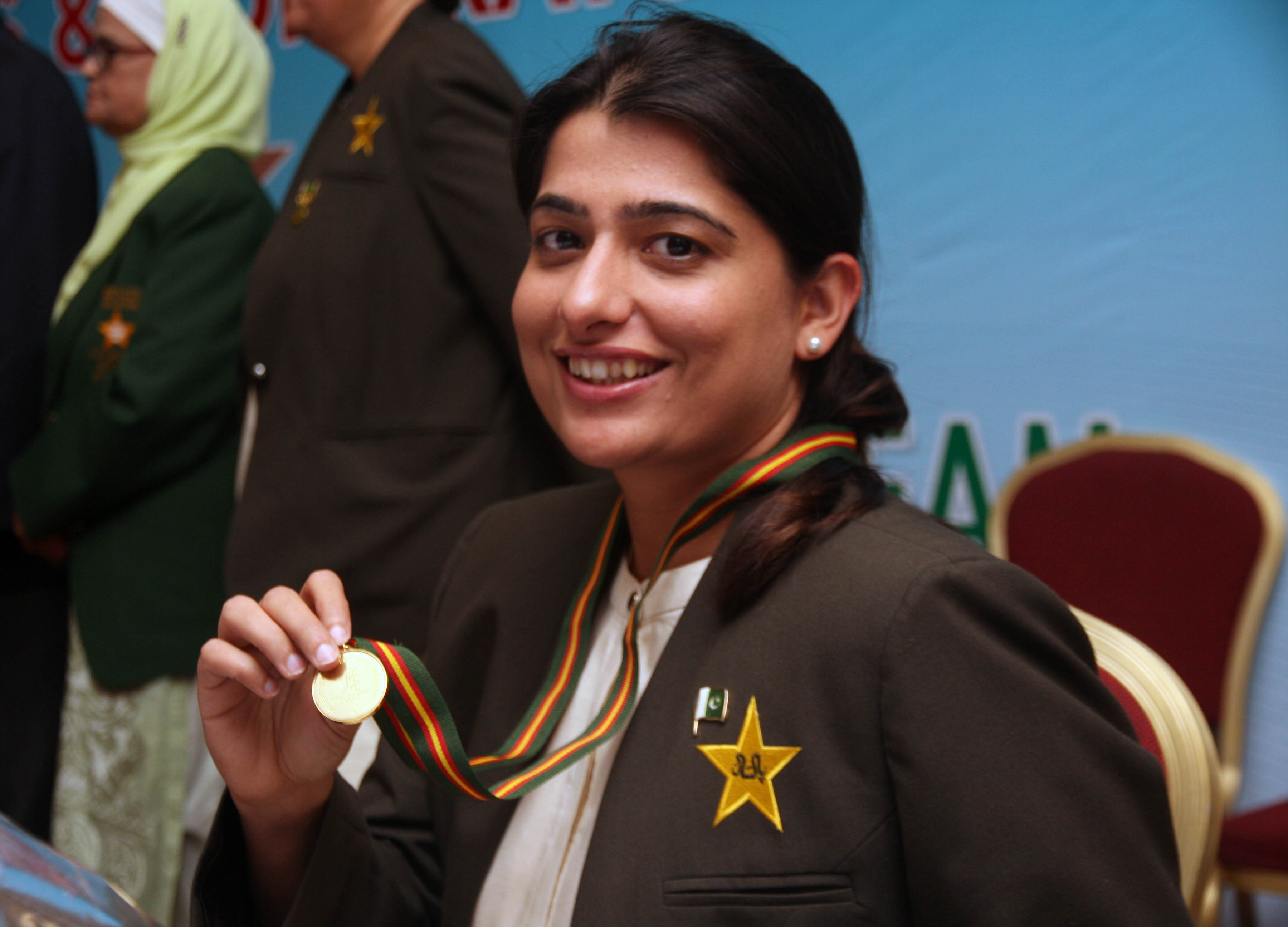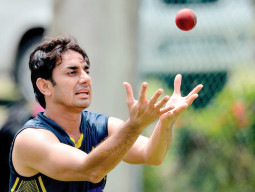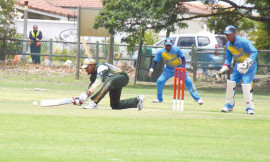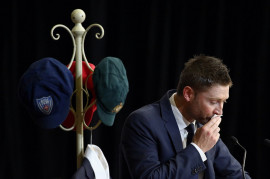
Sana Mir, captain of the Pakistan cricket team, feels hard done by the lack of acknowledgement she received after becoming the first female cricketer from Pakistan to be chosen for the Rest of the World XI side.
“It’s sad that this moment, not only an honour for me but also for the rest of the girls striving for more, was not highlighted enough,” Sana told The Express Tribune. “The experience was incredible. It’s enlightening, interacting with other international players as it helps you grow as a cricketer and a person as well. Considering that we don’t have county cricket, international exposure at any level is extremely important for us.”
Despite feeing ignored, 28-year-old Sana, who became the captain in 2009, is hopeful; she sees a revolutionary change already in the works, she has her fears but she also has her hopes. They did win two back-to-back Asian Games gold medals after all, surely change is around the corner, blowing in the wind. Unbeknown to many of its people, women’s cricket in Pakistan is on the up.
“There is a change in the air, despite all the ups and downs we’ve faced, and it’s definitely for the better,” she said. “When we started in 2005, we were ranked 11th in the world but now we are sixth.”
The team as a whole has improved, but so have its individual cogs. “For the first three years, there was no one in the individual top 20 ICC rankings; I was the first one to enter that list two or three years ago. Now, there are seven of us in the top 20 in both the ODI and T20 standings,” said the captain, a fond smile flashing across her face.
Their fortunes may have changed but the players have not and the skipper resents being asked why new players aren’t being brought into the side. “Cricket can be played at the top level for eight to ten years,” she said. “A majority of the players are the same, but we started playing in 2005 so people can do the math. We do have a good blend of youngsters, such as Sidra Nawaz and Maham Tariq, so it’s not all old blood. Our wicketkeeper Batool Fatima has retired and two or three will soon follow suit. Their time has come now.”
But for all their success in recent years, the women’s team will never be remembered in the same breath as the men’s. For that, Sana blames not the standard of cricket played but a lack of structure at the grassroots level.
“Players in other countries mature by the time they are 24,” she said. “For us, it’s a few years more because we don’t have school-level cricket for girls.”
Honours and more…
While speaking at a reception on Wednesday at the Movenpick Hotel to honour the team for defending their Asian Games gold, team manager Ayesha Ashar said that their time has come.
“Women’s cricket has come a long way,” said Ayesha as her team received gold medals and cash awards. “The journey began in 2005 but if you plot a graph from 2008, we are one of only three countries to have won against every country of the world.”
Ayesha, however, vows the team will not rest on their laurels. “Our goal is to keep on going strong. We will make Pakistan proud and a hat-trick of golds at the Games will be ours to take in 2018.”
Meanwhile, guest of honour and one of the pioneers of women’s cricket in the country, Pakistan Cricketer Board Chairman termed the team as ‘fakhr-e-Pakistan [the pride of Pakistan]’ and promised his full support to promoting the women’s sport.
Like Sports on Facebook, follow @ETribuneSports on Twitter to stay informed and join in the conversation.









































COMMENTS
Comments are moderated and generally will be posted if they are on-topic and not abusive.
For more information, please see our Comments FAQ